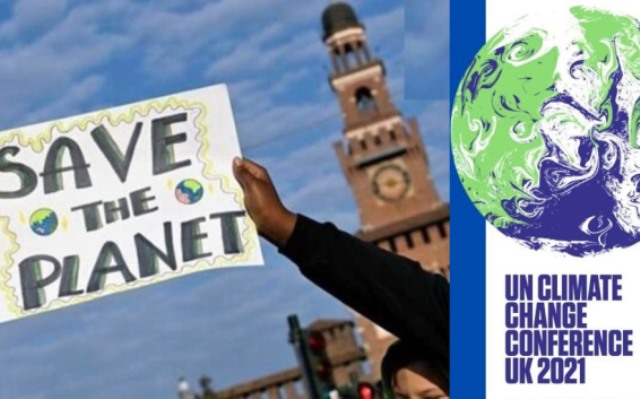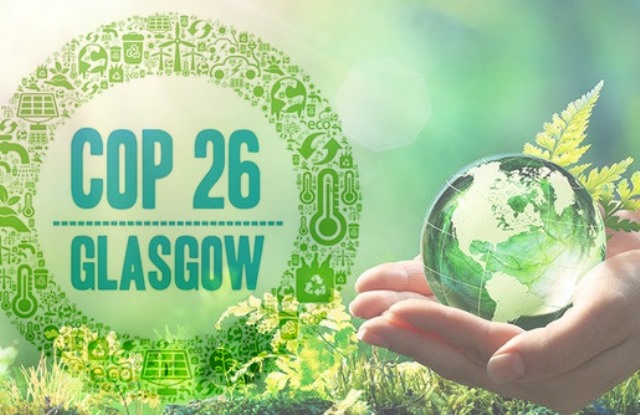Bollywood celebrities, being influential figures, create a positive impact and raise awareness about environmental issues. Through campaigns, initiatives, and advocacy, B-town celebs are promoting eco-friendly practices and encourage people to take action. Ultimately, the collective efforts of individuals, including celebrities, along with governments, organizations, and communities, are crucial in combating environmental challenges and working towards a sustainable and greener future. On the occasion of World Environment Day on Monday, there are several Bollywood celebs making who are doing their bit to save Mother Earth.
Priyanka Chopra Jonas
Priyanka Chopra, a global icon, through her association with UNICEF, has worked towards promoting sustainable practices and creating a better world for children to thrive in. She has also supported numerous environmental campaigns, emphasizing the importance of adopting eco-friendly habits and sustainable living. One notable campaign the actor participated in is called ‘Greenthon.’ This campaign focused on promoting eco-friendly habits and encouraging individuals to adopt sustainable practices in their daily lives.
Amitabh Bachchan
Amitabh Bachchan has extended his support to People for the Ethical Treatment of Animals (PETA), an organization that works towards animal welfare and rights. By associating with PETA, he contributes to spreading awareness about the ethical treatment of animals and the importance of their protection. The legendary actor also partnered with Global Cool, an international organization, and the Indian Film Academy to raise awareness about India’s vulnerability to climate change. This partnership aimed to educate people about the impact of climate change and the need for collective action to mitigate its effects.
Dia Mirza
Dia Mirza, as the UN Environment Goodwill Ambassador for India, has been vocal about environmental issues such as climate change, wildlife protection, and sustainable living. The actor has been a strong advocate for waste management and has emphasized the importance of waste segregation. She is also associated with the Wildlife Trust of India, which is part of the Swachh Bharat Mission’s youth-based program. As a member of the Sanctuary Nature Foundation, Dia actively supports initiatives focused on protecting wildlife and natural habitats.
Alia Bhatt
Alia Bhatt launched an initiative called Coexist, which aims to create an understanding of the balance between nature and human life. Through this initiative, the ‘Raazi’ actor emphasizes the need to coexist with nature and highlights the impact of human activities on the environment. She is known for her passion for animal welfare. Alia has been involved in adoption campaigns for animals and has been vocal about the importance of protecting and caring for animals. The ‘RRR’ actor has been actively involved in campaigns to reduce plastic pollution. She started a social media campaign with the hashtag #BeatPlasticPollution to encourage people to cut down on the use of plastic and find alternatives.
Ajay Devgn
One significant initiative led by Ajay Devgn is the establishment of a solar power plant in Patan district, Gujarat. This project highlights his commitment to renewable energy sources as a means of generating power. By actively promoting and advocating for eco-friendly energy solutions, he raises awareness about the benefits of renewable energy and its potential in creating a greener future. His efforts help inspire others to consider and adopt sustainable energy practices in their own lives.
World Environment Day is an important occasion to raise awareness about environmental issues and inspire people to take action. It’s crucial and important that everyone, including celebrities, contribute towards environmental conservation and promote sustainable practices. (ANI)
Read More: lokmarg.com



